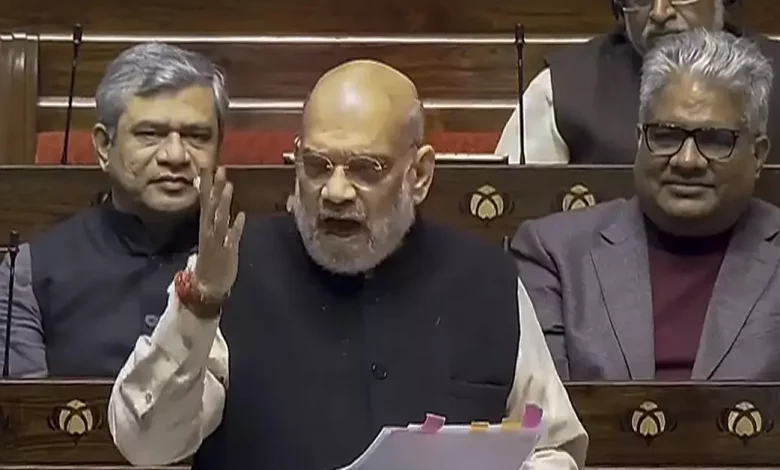Daily Current Affairs for UPSC
Reforming of three criminal law bills
Syllabus: Constitutional Amendment[GS Paper-2]

Context: After drafts of all three revised criminal law Bills to replace the existing British-era criminal laws were withdrawn, these have now been passed by Parliament in its winter session.
Details:
- The three Bills are scheduled to replace the Indian Penal Code (IPC), 1860; the Code of Criminal Procedure (CrPC, 1973 and theIndian Evidence Act, 1872.
- There will be a Bharatiya Nyaya (Second) Sanhita Bill, 2023 to replace the IPC; there is a corresponding bill for replacing the CrPC of 1973 and another one for substituting Indian Evidence Act of 1872.
Criminal laws in India
- As politics, society and legal philosophy have all changed throughout history, so India’s criminal laws too reflect these changes.
- The evolution of these laws can be seen across different historical periods:
Ancient India:
- The Dharma Shastras were ancient legal texts dealing with concepts of justice and morality, including punishments for crimes and guidelines for social behaviour.
- During the Maurya period, written by Chanakya or another author. It gives rules for law enforcement and punishment as well as administration of justice.
Mediaeval Period:
- Islamic rule also introduced the Sharia legal system which permeated criminal laws in regions under Muslim rulers.
- Qazis were judges who decided criminal cases according to Islamic jurisprudence.
- In areas where the Muslims and Hindus lived together, there was a blending of Hindu law with Islamic principles.
Colonial Era:
- In 1773 the Regulating Act introduced English law and established courts under British rule in India.
- The Indian Penal Code (IPC) was drawn up in 1860 and still represents an important criminal statute setting forth offences with their punishments.
- The Code of Criminal Procedure (CrPC) passed in 1898 defines how criminal justice should be administered, encompassing police powers, trial conduct and the role of courts.
Post-Independence Period:
- The Constitution of India guarantees that people have certain minimum rights and are dealt with fairly in the criminal justice system.
- Laws and new statutes have been created in response to changing social problems.
- Other offenses have been decriminalized by the courts, such as consensual intercourse between same-sex adults; adultery and attempted suicide.
Recent changes:
- The Nirbhaya case spurred the creation of a Criminal Law (Amendment) Act of 2013, which amends laws governing sexual offences by introducing new crimes and imposing harsher penalties.
- The Juvenile Justice Act of 2015 is intended to protect offenders by combining punishment with rehabilitation.
- In the Criminal Law (Amendment) Act of 2018, amendments were made to the IPC and CrPC bringing some tougher provisions for crimes against women or children.
- The IPC has been replaced by the Bharatiya Nyaya Sanhita, the CrPC has given way to Nagarik Suraksha San hita and the Indian Evidence Act is supplanted by a new Bharatiya Sakshya Adhiniyam.
Conclusion:
There are many reasons why India’s criminal laws have changed over the years, including local customs, foreign invasions and colonial rule. To ensure fairness, equality and human rights in the legal system, it is constantly updated to answer modern needs.
Source: TOI
Practice question:
Q. Bills to unclog the criminal justice system are welcome. But they must address concerns related to the overarching powers of police. Examine this statement in the light of new criminal reform laws?





.png)



